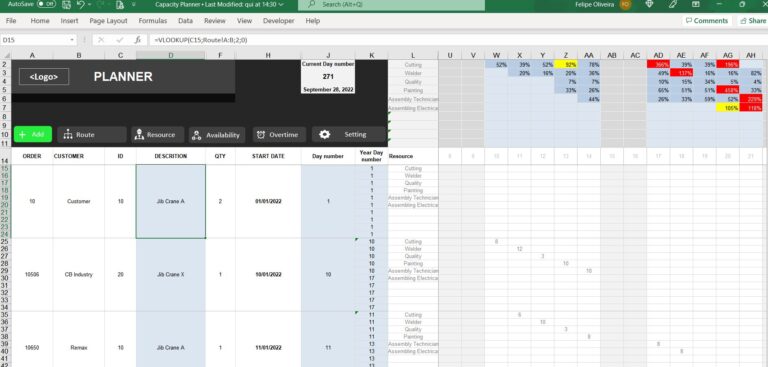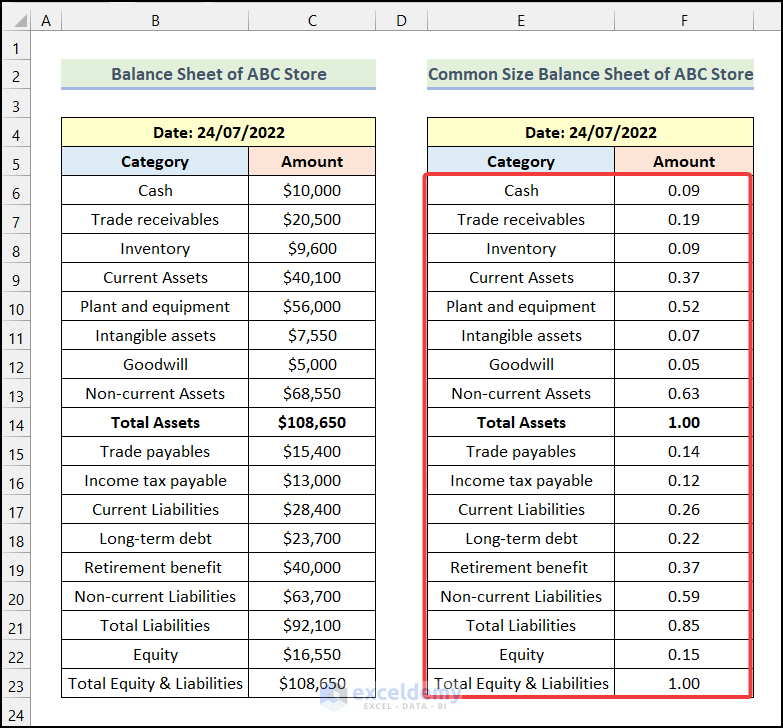Discover Excel 2010 Sheet Capacity: How Many Cells?

The capabilities of Microsoft Excel 2010 have expanded significantly from its predecessors, providing users with robust tools for data management and analysis. One of the critical aspects that users often need to understand is the sheet capacity in terms of the number of cells it can manage. Whether you're a financial analyst or a student, knowing the limits of Excel 2010 can significantly enhance your productivity and efficiency in handling large datasets.
Understanding the Excel 2010 Workbook and Sheet Structure

Excel 2010 organizes data into workbooks, which are essentially files containing one or more spreadsheets (or sheets). Here's a quick overview:
- Workbook: A file that contains multiple sheets.
- Sheets: Individual pages within the workbook, used for organizing data.
In Excel 2010, each workbook can contain up to 255 sheets, providing ample space to work with multiple sets of data simultaneously.
Number of Cells in an Excel 2010 Sheet

Excel 2010 has a defined limit on how many cells a single sheet can accommodate:
- Each sheet can hold up to 1,048,576 rows and 16,384 columns.
When you multiply these figures, it gives you the total number of cells per sheet:
\[ 1,048,576 \times 16,384 = 17,179,869,184 \text{ cells} \]
This vast capacity allows for extensive data storage, from simple lists to complex databases and analyses.
🚨 Note: Despite the impressive capacity, Excel's performance can degrade when working with extremely large datasets. Consider using data analysis tools like PowerPivot for better performance with large datasets.
Practical Implications of Sheet Capacity

Here are some practical scenarios where Excel 2010's cell capacity plays a crucial role:
- Financial Analysis: Handling large financial statements or balance sheets.
- Project Management: Tracking tasks, timelines, and resource allocation.
- Research Data: Storing and analyzing scientific or statistical data.
These tasks often involve datasets that can push Excel's limits, making understanding these limits vital for efficient data management.
Strategies to Manage Large Datasets

Given the cell capacity, here are some strategies to handle large data sets in Excel:
- Data Compression: Using pivot tables to summarize data, reducing the need for extensive data storage.
- External Data Sources: Connecting Excel to external databases or using cloud storage to manage and analyze data without overloading the workbook.
- File Splitting: Dividing data into multiple sheets or workbooks to keep individual files manageable.
- Optimize Formulas: Use array formulas wisely to minimize calculation load.
Implementing these strategies ensures you maximize the capabilities of Excel without compromising on performance or data integrity.
Visual Representation of Excel 2010 Sheet Capacity

To give you a better idea, here's a table summarizing the structure and cell count for an Excel 2010 workbook:
| Component | Maximum Quantity |
|---|---|
| Sheets in a Workbook | 255 |
| Rows per Sheet | 1,048,576 |
| Columns per Sheet | 16,384 |
| Total Cells per Sheet | 17,179,869,184 |

This table illustrates the massive scalability Excel 2010 offers, which is crucial for users dealing with complex and large datasets.
Conclusion

Understanding the sheet capacity of Microsoft Excel 2010 opens up a world of possibilities for data management and analysis. With each sheet capable of handling over 17 billion cells, Excel can accommodate most data-driven tasks with ease. However, while the capacity is impressive, real-world performance can be affected by the volume and complexity of the data. By employing the strategies outlined above, users can ensure they get the most out of Excel 2010 without sacrificing performance or efficiency. Whether you're entering data, performing complex analyses, or managing project timelines, Excel's capacity and functionality provide a solid foundation for your work, making it an indispensable tool in the data-driven era.
How does Excel 2010 handle data larger than its sheet capacity?

+
Excel can connect to external data sources or databases for larger datasets, allowing you to manage and analyze data without exceeding the worksheet’s cell limit.
Can Excel 2010 handle real-time data?

+
Yes, Excel 2010 can import and analyze real-time data through features like Data Connection Wizard or by using add-ins like Power Query.
What happens if I exceed the maximum number of sheets in a workbook?

+
If you try to add more than 255 sheets, Excel will prompt you to save the current workbook and create a new one to continue working.